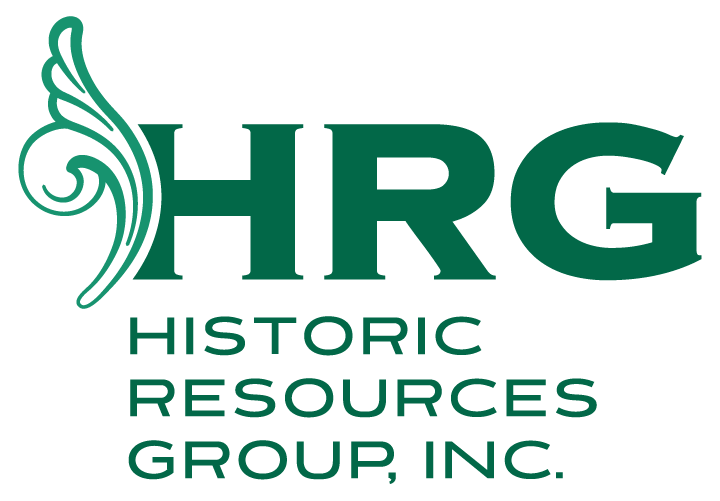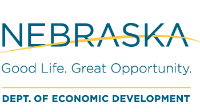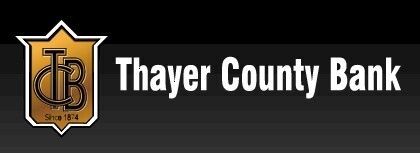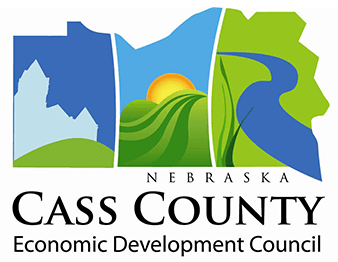PHOTOGRAPHS AND MULTI-MEDIA
The most important tip….DO NOT forget to take pictures of your projects and events! Be sure to shoot complete and detailed “before” pictures of the interior and exterior of buildings in your Main Street district. Too many of the award nominations in the design categories are missing “before” pictures. Even if the final improvement project is outstanding, not having “before” photos all but disqualifies the nomination from consideration.
- Shoot good quality before, during and after photos for design projects.
- Shoot good quality people pictures for events and other projects.
- Always use quality photographs or scans of print materials.
- Audio and video are new media tools that can be used in your award nominations.
- Photo glare makes it hard to get a good view. Learn how to shoot photographs to avoid glare.
- Include more than just one or two photos (3-5 are good, 5-7 are best)
NOMINATION NARRATIVE/CONTENT
Well written and clear narrative with detailed specifics is extremely important to every award nomination. The judges usually know nothing about the projects being submitted. You need to write the nomination under the assumption that the reader knows nothing about your community, the project being nominated or the outcome of the project. You must be able to illustrate the project with words. Judges need to be able to determine the success of the project. Things to think about when you write the narrative:
- Include the goals and objectives of the project being nominated.
- How did the project come about? Was a needs assessment done? Did the event or project address a need?
- Describe partnerships and collaborations—who is involved and what are they contributing or doing?
- Is there a maintenance plan to keep public improvement projects in “tip top” condition?
- How were projects funded? What was the revenue generated?
- Are there plans for the future of events and other activities?
- Include detailed lists of in-kind work, support, contributions, etc.
- Describe the results or outcomes and the impact on a business, the district, your program, etc.— Has it increased interest or support for your Main Street program? Did you make any money? Did businesses see an increase in sales? Are the businesses using that tool and is it successful for them? Has the customer base grown as a result? How are people using it?
- How does this fit into the overall marketing and advertising efforts?
- Explain acronyms. Not all of the award judges are familiar with these programs.
- Include statistics—demographics, readership, distribution, attendance figures, tax generation, etc.
- Explain the frequency of an event or activity—How often? How many times a year or how many years?
- Describe the level of participation by the board, committees, volunteers, attendees, recipient of a service, etc.
- Is there a long-term plan?
- Describe the process from planning to implementation.
- Talk about how the project or activity benefits the Main Street district and/or community.
- Who is your audience or target market?
- Does the project fit the mission and purpose of your Main Street program? Does it value the characteristics of historic preservation based economic development?
- Does the project tie directly to the activities of Main Street?—Every activity (with the exception of design projects in the Main Street district) need to be planned and executed by the Main Street program as the lead, not another organization or committee that Main Street is collaborating with.
- How was the event or activity funded? What sources of funding were used?—grants, CDBG, TIF, loans, etc.
- Who did the work? Was it hired out to a local business?
- What is the Main Street program’s role in this festival?
- What is the historic background of the event or activity?—Where did the idea for this event or activity come from? When was it created? Why was it created? How was it created?
- What were your ticket prices? What revenue was generated from ticket sales?
- What kind of follow-up did you have with your businesses? What was the outcome of their input?
- Where did you hold this event or activity?
- How does this event or activity tie-in with your Main Street businesses?
- How were local City or private resources and donations used?
- Describe in-kind donations.
- How was the event or activity publicized?
- Did you conduct a post event or activity survey? What method did you use? What were the results and feedback?
SUPPLEMENTARY MATERIALS
Supporting documentation helps “fill-in-the-blanks” that the nomination narrative cannot. The quality and completeness of these materials is important.
- For websites, include screenshots.
- Include samples of print pieces—programs, forms, handouts, flyers, posters, advertisements, brochures, booklets, etc.
- Include samples of promo swag—hats, bags, t-shirts, buttons, stickers, etc.
- A copy of the work plan.
- Copies of surveys and questionnaires.
- Copy of the project or event budget.
- Newspaper clippings.
ADDITIONAL POINTERS
Detailed information is important. Award worthy projects have more to them than what everyone sees on the surface. The planning and implementation process is equally as important as the outcome. Award recipients serve as models for others to follow.








